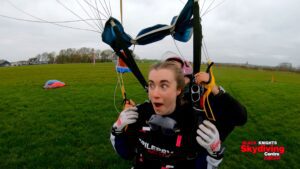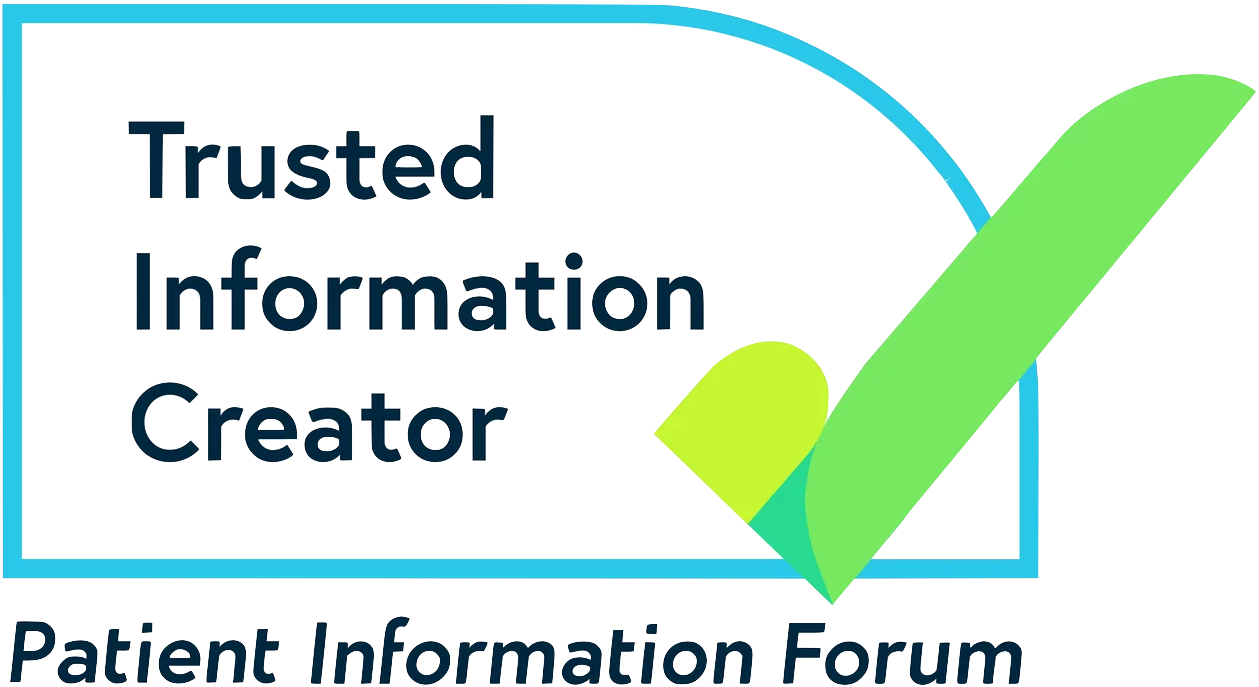Skip to the info you need
Who gets epilepsy with myoclonic absences?
Epilepsy with myoclonic absences is thought to affect fewer than 1 in 100 children with epilepsy. It most often begins around the age of 7, but it may start at any point between the ages of 1 and 12. It happens slightly more often in boys than girls.
It’s thought that genetic factors play a part in the development of this syndrome. It’s rare that a change (‘mutation’) can be found in any particular gene – it’s most likely down to a combination of several different genes. Around 1 in 5 children who have epilepsy with myoclonic absences will have another family member with epilepsy. This may be the same or a different type of epilepsy.
A very small number of children who develop this syndrome may have an abnormality in the structure of their brain or a genetic disorder. But more often, there’s no obvious cause.
Symptoms
Children with this syndrome get a particular type of seizure, called myoclonic absences. In a myoclonic absence seizure, your child may:
- Lose awareness of their surroundings (this is the ‘absence’). Your child may look like they have ‘switched off’ or they are daydreaming
- Suddenly start making jerking (the ‘myoclonic’) movements with their arms. This is usually on both sides at the same time, but sometimes on one side or the other
- Stiffen their upper arms, causing them to raise upwards
- Bend forwards, but won’t usually fall over
- Less often, make jerking movements with their chin and mouth
- Occasionally have altered breathing or wet themselves
Each myoclonic absence lasts between 10 and 60 seconds, and they may happen many times a day. Seizures are more common when your child has just woken up.
Around a third of children with this syndrome only get myoclonic absence seizures. But two thirds get other types of seizure too, including:
- Tonic-clonic seizures – stiffness and jerking movements with loss of consciousness
- Atonic seizures – which make the child go floppy and fall to the ground
- Typical absence seizures – where the child loses awareness, without the myoclonic (or ‘jerking’) part
Around half of all children with this syndrome have some degree of learning difficulty before the start of their seizures. Some children will only develop these problems after their seizures start. They may include behavioural issues and learning difficulties.
Diagnosis
Your child should see a specialist doctor called a paediatrician for an assessment. They will want to examine your child and ask questions about what happens when they have a seizure. It can be useful if you’re able to show the doctor a video of your child’s seizures. Your child’s doctor may ask them to ‘overbreathe’ (hyperventilate) for a few minutes. This means breathing in and out very deeply or very quickly. It can often trigger a seizure in children with this type of epilepsy syndrome.
When epilepsy with myoclonic absences first begins, it can be hard to tell it apart from other epilepsy syndromes. It can look like childhood absence epilepsy or juvenile myoclonic epilepsy. In epilepsy with myoclonic absences, the myoclonic seizure occurs at exactly the same time as the absence seizure. Your child’s doctor may refer your child to a specialist in children’s epilepsy. They are known as paediatric neurologists. These specialists will confirm the diagnosis and help treat the seizures.
Your child’s specialist may suggest various tests. This will include an EEG (electroencephalogram). The EEG records electrical activity in your child’s brain. If your child has a seizure, the EEG should pick up unusual activity (seen as ‘spikes’ or ‘waves’). Hyperventilating (over-breathing) during the EEG may trigger this. Other tests may include an MRI (magnetic resonance imaging) brain scan. There may also be blood tests, to check for genetic disorders that might cause this type of epilepsy.
Treatment
Your child’s specialist may recommend treatment with epilepsy medicines. But, these don’t always work to control seizures in epilepsy with myoclonic absences. Commonly used epilepsy medicines include:
- Sodium valproate
- Ethosuximide
- Levetiracetam
- Lamotrigine
The specialist may sometimes suggest a combination of these medicines. Other epilepsy medicines that they may sometimes suggest include clobazam, zonisamide and topiramate.
Sodium valproate can harm an unborn baby if taken during pregnancy. If your child is able to get pregnant, or may do when they’re older, your child’s paediatrician will usually suggest an alternative medicine. If they do recommend treatment with sodium valproate, they will discuss the risks and benefits with you and your child first.
You can find more information about treatments on the Medicines for Children website.
The ketogenic diet may sometimes be used to treat this syndrome. This is more likely if the epilepsy medicines have not worked.
Outlook
The outlook for children with epilepsy with myoclonic absences can vary. Around 4 in 10 children stop having seizures by the time they reach adulthood. Other children will continue to have seizures as adults. The syndrome may change into another type of epilepsy. This may mean they have more generalised seizure types, like tonic-clonic or atonic seizures. Children whose seizures don’t respond well to treatment are most at risk of this.
Many children with this syndrome develop some degree of development and learning problems. This may be more likely and more severe in children who continue to be affected into adulthood. Your child’s specialist should be able to give you advice about getting support with learning difficulties if needed. We also have more information on how epilepsy can affect learning and behaviour.
Support
Contact: the charity for families with disabled children
Freephone helpline: 0808 808 3555
Email: helpline@contact.org.uk





